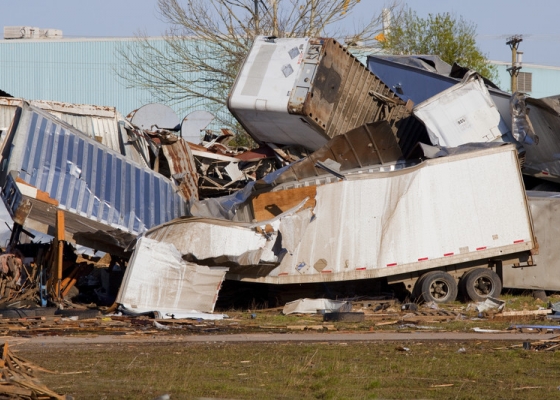In part one of our series on making an effective Business Interruption Plan, we looked at the documentation that should be done before disaster strikes. Proactive planning now can significantly reduce company downtime and ensure that the business fully recovers from any closures or interruptions to services. In part two of our series, we look at how to make a plan for the people involved in your day-to-day business operations, from the CEO/President to entry-level workers and everyone in between. Making a plan for people ensures that everyone involved in your business knows their roles and responsibilities in the event of a disaster, thus protecting their job security as well as the company's future.
Making A Plan For Employees
The first step in making a plan for people involves notifying employees when disasters or emergencies occur. Upper management should have full contact lists for all employees divided by teams or groups to streamline the notification process. This would be effective for anything that impacts daily business operations or threatens their personal safety, such as severe weather conditions, power outages, utility disruptions, fire, or major damages to commercial property. Company leaders should be able to call, text, and email their employees to warn them about dangerous conditions, check on their welfare, or communicate changes in workflow or location. There should also be a plan for telecommuting or working at alternate locations until the business is fully operational.
Making A Plan For Customers
Another group of people to consider when forming a Business Interruption Plan is your customer base. They should be notified through all major communication channels about business closures and potential reopening dates if the company is shut down for any period of time. To reduce customer loss or confusion, they should be directed to a central contact number or website for info on orders, purchases, inventory, business deliveries, refunds, etc. In addition, it maybe valuable to recommend alternate locations for services, or if the business will move to a new location so they can remain regular customers.
Making A Plan For Contacts and Suppliers
Finally, it's important to make a plan to keep in touch with major contacts and suppliers, especially for businesses that rely on raw materials and deliveries, such as retail stores, restaurants, bakeries, florists, general contractors, and repair shops. Suppliers and vendors should also be notified about any business interruptions or closures due to damages or utility outages, as it helps ensure that the business relationship continues after the business has recovered. In addition, some suppliers and vendors may be able to offer special pricing or discounts for your company in the event of a disaster in order to help expedite your company's recovery.
Making a plan for people helps companies recover faster when disaster strikes, whether it's from a business fire, power outage, flood damage, theft, or other severe weather event that forces the business to temporarily close. In addition, quality Commercial Insurance from Aegis Insurance & Financial Services can also help expedite the recovery process and ensure that the business thrives for many years to come. Aegis offers a full range of top-quality Commercial Insurance policies, including Commercial Property, Business Owners Policy (BOP), Commercial Auto, General Liability, Excess Liability, and Workers Compensation coverage. Contact Aegis today at 713-850-7622 for more information, or go online to request a free quote!

